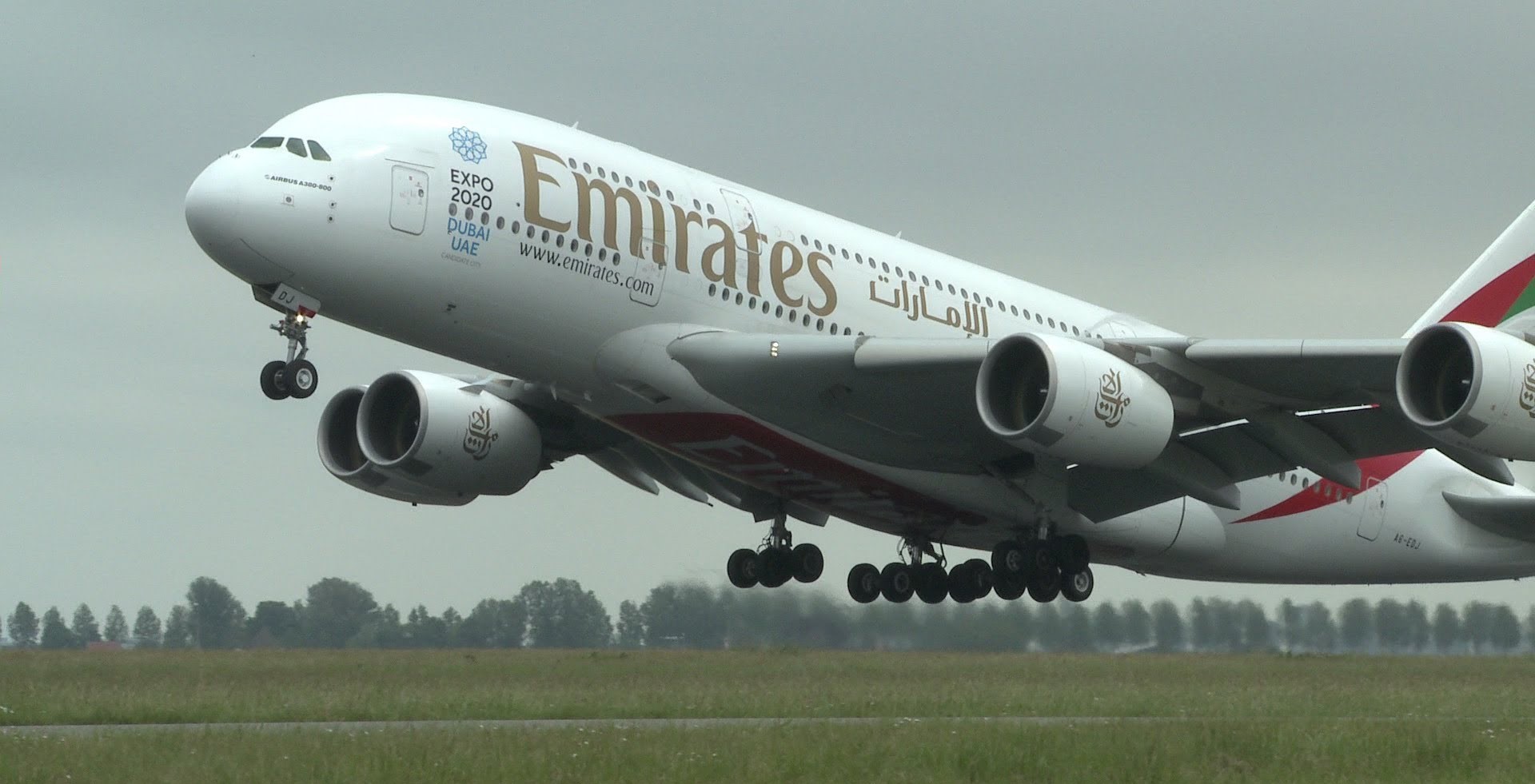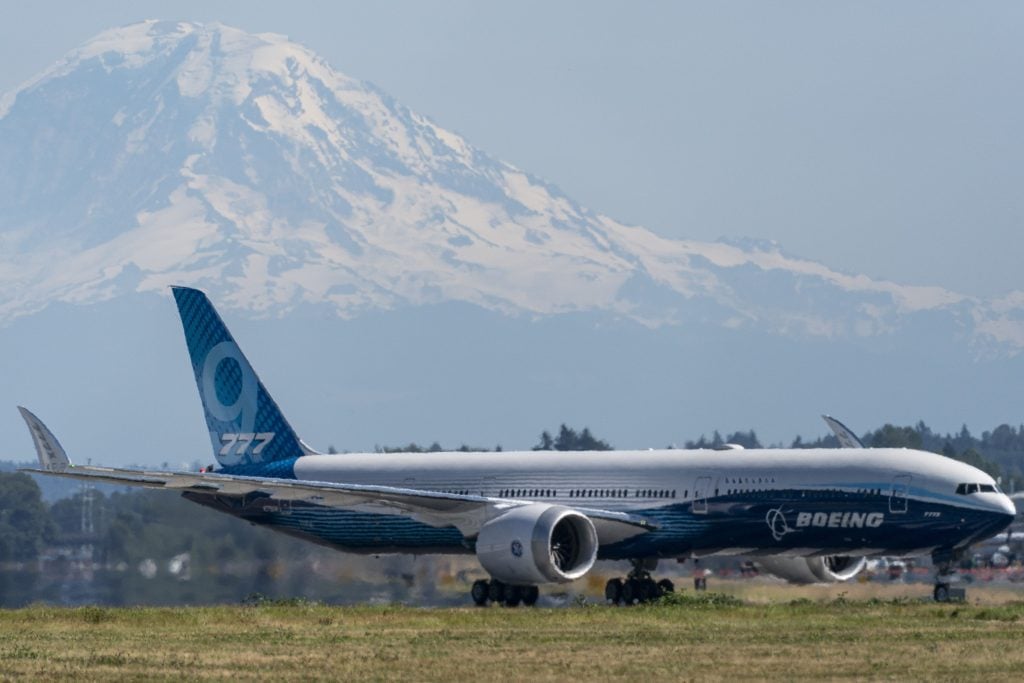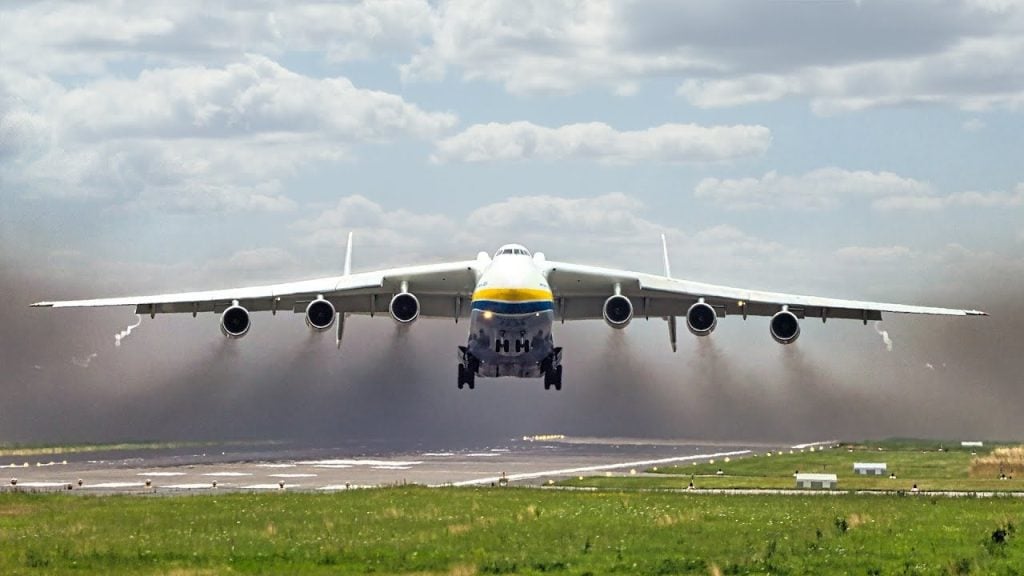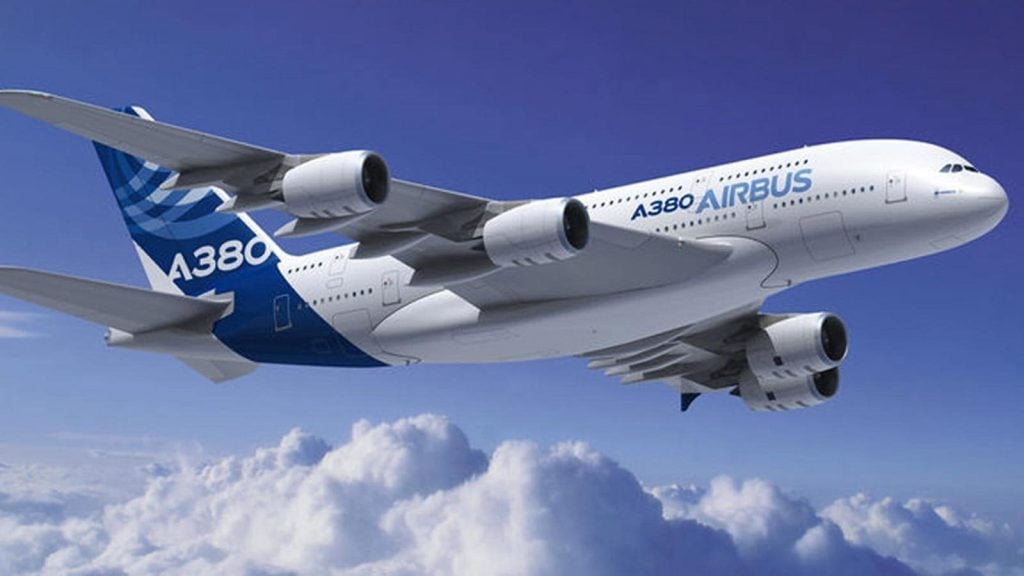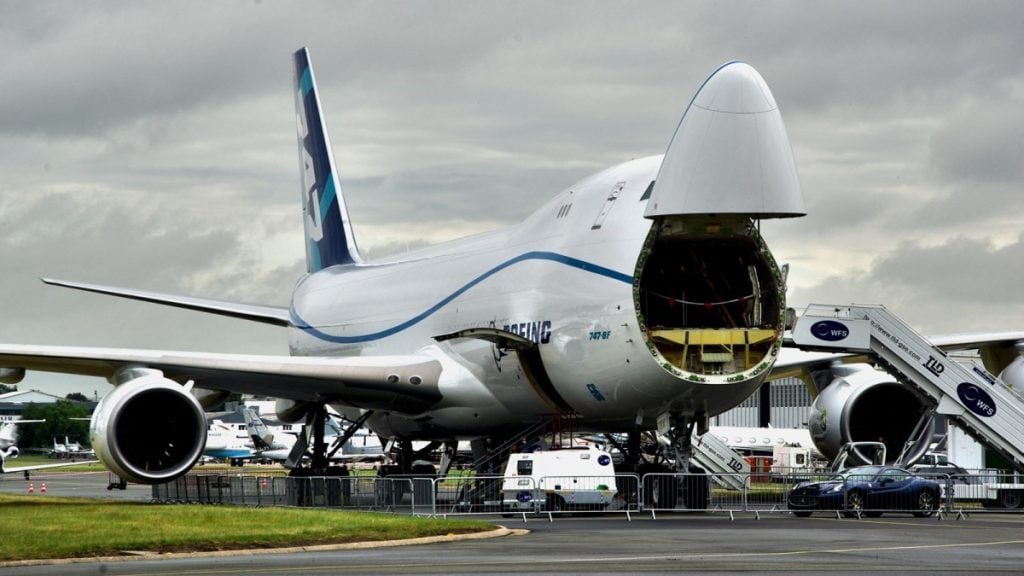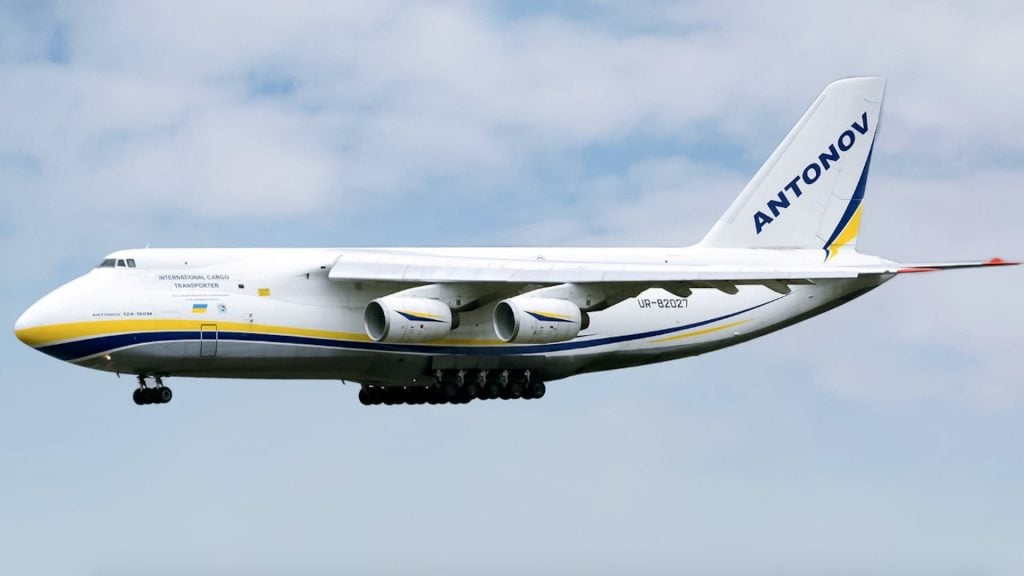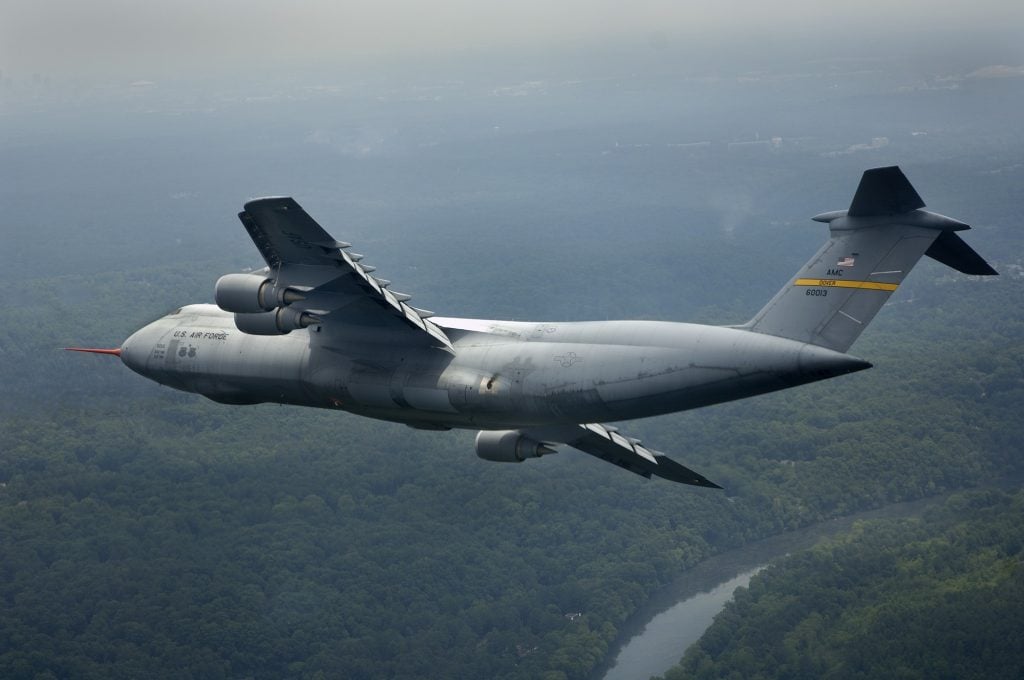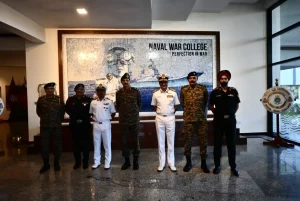The aviation industry has long captivated the world with its impressive technological advancements, pushing the boundaries of what’s possible in air travel. Among the most astonishing achievements are the colossal airliners that have redefined the scale and capabilities of modern aircraft. These behemoths of the skies, with their towering size and staggering weights, continue to leave onlookers in awe, marveling at the sheer engineering prowess required to get them airborne.
In this comprehensive exploration, we delve into the Top 5 Massive Airliners That Dominate the Skies, examining their technical specifications, unique features, and the remarkable stories behind their development. From the legendary Antonov An-225 Mriya to the iconic Airbus A380, these aircraft stand as testaments to the relentless pursuit of innovation and the boundless potential of human ingenuity. Join us as we uncover the captivating details and unparalleled achievements of the world’s most massive and impressive airliners.
4 Best Military Night Vision Goggles
1. Antonov An-225 Mriya
At the pinnacle of the heaviest aircraft ever built stands the Antonov An-225 Mriya, a true engineering marvel that has captured the imagination of aviation enthusiasts worldwide. With a maximum takeoff weight of 640,000 kg (1,410,000 lb), this six-engine behemoth is the undisputed heavyweight champion of the skies, dwarfing even the mighty Airbus A380.
Designed to transport the Soviet Union’s Buran space shuttle, the Antonov An-225 Mriya boasts an impressive cargo capacity of 190 tonnes (420,000 lb), making it the ideal choice for moving oversized and exceptionally heavy payloads. Its cavernous cargo hold, measuring an astounding 1,300 m³ (46,000 cu ft), can accommodate a wide range of outsized items, from space orbiters to large industrial equipment.
Powered by six Progress D-18T turbofan engines, each producing a staggering 229.5 kN (51,600 lbf) of thrust, the Antonov An-225 Mriya is capable of reaching speeds up to 850 km/h (530 mph) and a range of 15,400 km (9,600 mi). Despite its colossal size, the aircraft’s impressive performance and maneuverability have earned it a reputation as a true marvel of aviation engineering.
Tragically, the only completed Antonov An-225 Mriya was destroyed during the 2022 Russian invasion of Ukraine, leaving a void in the world of heavy-lift aviation. However, Antonov has announced plans to rebuild the iconic aircraft, reigniting hope that this engineering masterpiece will once again grace the skies, showcasing the boundless potential of human ingenuity.
The Unfinished Second Antonov An-225
While the world mourns the loss of the sole completed Antonov An-225, there is a fascinating story behind the unfinished second aircraft. Antonov had reportedly completed 60-70% of the second Mriya before the project was halted due to the collapse of the Soviet Union and the subsequent economic challenges faced by the newly independent Ukraine.
The reasons for the project’s suspension are multifaceted, ranging from financial constraints to shifting priorities in the post-Soviet era. Without the backing of the Soviet space program, which had initially driven the development of the Antonov An-225, the completion of the second aircraft became a lower priority for the cash-strapped Antonov Design Bureau.
Despite the setback, the prospect of rebuilding the Antonov An-225 Mriya has sparked renewed interest and determination within the aviation community. As Antonov navigates the challenges of resurrecting this iconic aircraft, the world eagerly awaits the day when a second Mriya takes to the skies, once again demonstrating the boundless potential of human engineering and the relentless pursuit of aviation excellence.
2. Airbus A380
In the realm of commercial airliners, the Airbus A380 stands as the second-heaviest aircraft in the world, with a maximum takeoff weight of 560,000 kg (1,235,000 lb). Dubbed the “King of the Skies,” this four-engine behemoth has captivated the aviation industry and the traveling public alike with its sheer size and impressive capabilities.
Capable of carrying up to 853 passengers in a single-class configuration, the Airbus A380 is the largest commercial airliner ever built, dwarfing even the iconic Boeing 747. Its cavernous interior provides ample space for a range of passenger amenities, from luxurious first-class suites to spacious economy-class seating.
Powered by four Rolls-Royce Trent 970 or Engine Alliance GP7000 turbofan engines, each producing up to 348 kN (78,000 lbf) of thrust, the Airbus A380 can cruise at speeds up to 903 km/h (561 mph) and cover a range of 14,800 km (9,200 mi). With its impressive fuel capacity of over 323,500 liters (85,500 US gallons), the A380 is capable of undertaking long-haul flights with minimal refueling stops.
Despite the A380’s undeniable success as a technological marvel, the aircraft faced significant challenges during its lifespan, ultimately leading to the discontinuation of its production. The global shift towards more fuel-efficient and cost-effective twin-engine airliners, coupled with the COVID-19 pandemic’s impact on air travel, contributed to the A380’s premature retirement.
Airbus A380 Destinations in the United States
While the Airbus A380 may no longer be in production, it continues to serve select routes in the United States, connecting major hubs with international destinations. The two primary cities that have experienced the most A380 traffic are New York and Los Angeles, as these metropolitan areas offer the necessary infrastructure and passenger demand to support the operation of this colossal aircraft.
The A380’s ability to transport large numbers of passengers efficiently has made it an attractive option for airlines serving high-density routes. As the aviation industry continues to evolve, the Airbus A380 remains a symbol of the industry’s ambition to push the boundaries of what’s possible in commercial air travel, leaving an indelible mark on the history of aviation.
3. Boeing 747-8F
No discussion of the world’s heaviest airliners would be complete without the inclusion of the Boeing 747, the legendary “Queen of the Skies.” While the passenger variants of the 747 have long captured the public’s imagination, it is the freighter version, the Boeing 747-8F, that secures a spot on this prestigious list.
With a maximum takeoff weight of 448,000 kg (988,000 lb), the 747-8F is the largest and heaviest freighter aircraft in production. Designed to carry oversized cargo and meet the growing demands of the air freight industry, this extended and final iteration of the iconic 747 program boasts an impressive cargo capacity of 873.7 m³ (30,832 cu ft).
Powered by four GEnx-2B67 turbofan engines, each producing a staggering 66,500 lbf (296 kN) of thrust, the 747-8F can cruise at speeds up to Mach 0.845 (485 knots, 898 km/h) and cover a range of 7,899 km (4,265 nautical miles).
The introduction of the 747-8F marked a significant milestone in the evolution of the Boeing 747 program, as the company sought to maintain the aircraft’s relevance and competitiveness in the rapidly changing air cargo market. While the passenger variants of the 747 have faced declining demand, the 747-8F has found success as a workhorse for freight operators, solidifying the jumbo jet’s legacy as a true icon of the aviation industry.
Cargolux and the Delivery of the First 747-8F
One of the most notable events in the history of the Boeing 747-8F was the delivery of the first aircraft to Cargolux, a leading European cargo airline based in Luxembourg. This milestone, which occurred 11 years ago, marked the beginning of a new chapter for the iconic jumbo jet, as it transitioned from carrying passengers to primarily transporting freight.
Cargolux, known as one of Europe’s largest cargo airlines, has been a key player in the success of the 747-8F. The airline’s decision to adopt the freighter variant has not only solidified its position in the air cargo market but has also contributed to the continued relevance and evolution of the Boeing 747 program, ensuring that this legendary aircraft remains a vital part of the aviation landscape.
10 Best Infantry Fighting Vehicles in the World 2024
4. Antonov An-124
Continuing the trend of impressive Soviet-era aircraft, the Antonov An-124 Ruslan stands as the fourth-heaviest airliner in the world, with a maximum takeoff weight of 402,000 kg (886,000 lb). This four-engine cargo freighter has long been recognized for its unparalleled airlift capabilities, earning numerous records and accolades during its service life.
Designed to transport oversized and exceptionally heavy payloads, the Antonov An-124 boasts a cargo capacity of 150,000 kg (330,693 lb), making it a valuable asset for both military and commercial applications. Its cavernous cargo hold, measuring 43.35 m (142.2 ft) in length, 6.4 m (21 ft) in width, and 4.4 m (14 ft) in height, can accommodate a wide range of outsized items, from military vehicles to large industrial equipment.
Powered by four Progress D-18T high-bypass turbofan engines, each producing 229 kN (51,000 lbf) of thrust, the An-124 can achieve a maximum speed of 865 km/h (537 mph) and cover a range of 3,700 km (2,300 mi) with a maximum payload.
Throughout its history, the Antonov An-124 has played a crucial role in the Soviet Union’s military operations and the global air cargo industry. Even today, the aircraft continues to offer unparalleled airlift capabilities, serving as a testament to the engineering prowess of its designers and the enduring legacy of the Antonov Design Bureau.
The Antonov An-124: The Largest Production Freighter Ever Built
The Antonov An-124 holds the distinction of being the largest production freighter aircraft ever built, a testament to its impressive engineering and uncompromising capabilities. This colossal cargo transporter has been a game-changer in the world of heavy-lift aviation, revolutionizing the way oversized and heavy loads are moved around the globe.
The An-124’s ability to handle a wide range of cargo, from military equipment to industrial machinery, has made it an indispensable asset for both military and commercial operations. Its sheer size and lifting power have allowed it to tackle transportation challenges that would have been virtually impossible for smaller aircraft, solidifying its place as a true workhorse of the aviation industry.
As the aviation landscape continues to evolve, the Antonov An-124 remains a symbol of the industry’s commitment to pushing the boundaries of what’s possible in air transport, serving as a constant reminder of the remarkable feats that can be achieved through innovative engineering and unwavering determination.
5. Lockheed C-5M Super Galaxy
Rounding out the list of the world’s heaviest airliners is the Lockheed C-5M Super Galaxy, a mighty military transport aircraft with a maximum takeoff weight of 381,000 kg (840,000 lb). This quad-engine behemoth is renowned for its exceptional capabilities in strategic airlift missions, transporting oversized and heavy payloads over long distances with unparalleled efficiency.
Featuring a cargo capacity of 281,000 lb (127,459 kg), the C-5M Super Galaxy can accommodate a wide range of military equipment, including tanks, helicopters, and even other aircraft. Its cavernous cargo hold, measuring 36 master pallets 463L, provides ample space for these oversized and heavy loads, making it an invaluable asset for military operations worldwide.
Powered by four General Electric F138-100 turbofan engines, each producing 51,000 lbf (230 kN) of thrust, the C-5M Super Galaxy can achieve a maximum speed of 462 knots (532 mph, 856 km/h) and cover a range of 4,800 nautical miles (8,900 km) with a 120,000 lb (54,431 kg) payload.
Over the years, the Lockheed C-5 Galaxy has undergone numerous upgrades and modernizations, culminating in the introduction of the C-5M Super Galaxy. This latest variant features improved engines, avionics, and other enhancements that have extended the aircraft’s service life well into the 21st century, ensuring that this mighty military transporter continues to play a crucial role in global strategic airlift operations.
5 Fast Facts About the Lockheed C-5M Super Galaxy
- Impressive Versatility: The C-5M Super Galaxy is an exceptionally versatile strategic airlifter, capable of transporting a wide range of military equipment and oversized cargo over long distances.
- Unparalleled Endurance: With the ability to perform in-flight refueling, the C-5M can maintain unlimited endurance, making it an invaluable asset for long-range missions.
- Modernized Upgrades: The introduction of the C-5M variant has extended the C-5 Galaxy’s service life by incorporating new engines and advanced avionics, enhancing its performance and capabilities.
- Impressive Payload Capacity: The C-5M can transport up to 281,000 lb (127,459 kg) of cargo, including tanks, helicopters, and even other aircraft, demonstrating its immense lifting power.
- Continued Relevance: With upgrades and enhancements, the Lockheed C-5M Super Galaxy is expected to remain a crucial component of the U.S. military’s strategic airlift capabilities well into the 2040s and beyond.
Top 10 Facts about UK Special Forces SAS
Conclusion
The world’s heaviest airliners stand as testaments to the boundless ingenuity and engineering prowess of the aviation industry. From the colossal Antonov An-225 Mriya to the iconic Airbus A380 and the legendary Boeing 747-8F, these aircraft have pushed the boundaries of what’s possible in air travel, captivating the global audience with their sheer size and impressive capabilities.
As we have explored, each of these massive airliners holds a unique place in aviation history, contributing to the ongoing evolution and advancement of the industry. While the loss of the Antonov An-225 Mriya is a profound tragedy, the determination to rebuild this engineering marvel serves as a testament to the unwavering spirit of the aviation community.
As the industry continues to innovate and push the limits of what’s possible, the world’s heaviest airliners will undoubtedly remain at the forefront of this pursuit, inspiring future generations of aviation enthusiasts and professionals alike. These aircraft stand as symbols of human achievement, reminding us that with creativity, dedication, and a relentless drive to innovate, the skies hold no limits to what we can accomplish.
FAQs
1. What is the heaviest airliner?
Antonov An-225 Mriya.
2. How heavy is the A380?
The A380 holds the title of the largest and heaviest passenger aircraft globally. It measures 73 meters in length, stands 24 meters tall, and has a maximum takeoff weight of 560 tons. The Lufthansa A380 accommodates 509 passengers and is powered by four Rolls-Royce engines, each producing 70,000 pounds of thrust.
3. What is the most powerful airliner?
The GE9X, the largest and most powerful commercial aircraft engine ever made, integrates advanced technologies that enhance efficiency, reduce noise, and lower emissions.
4. What is the fastest airliner in history?
North American X-15
5. What is the slowest airliner in the world?
The MacCready Gossamer Condor is a human-powered aircraft that can fly at speeds as low as 8 miles per hour (13 km/h). Its successor, the MacCready Gossamer Albatross, has a minimum flight speed of 9.23 miles per hour (14.85 km/h) and can reach a maximum speed of 18 miles per hour (29 km/h).
